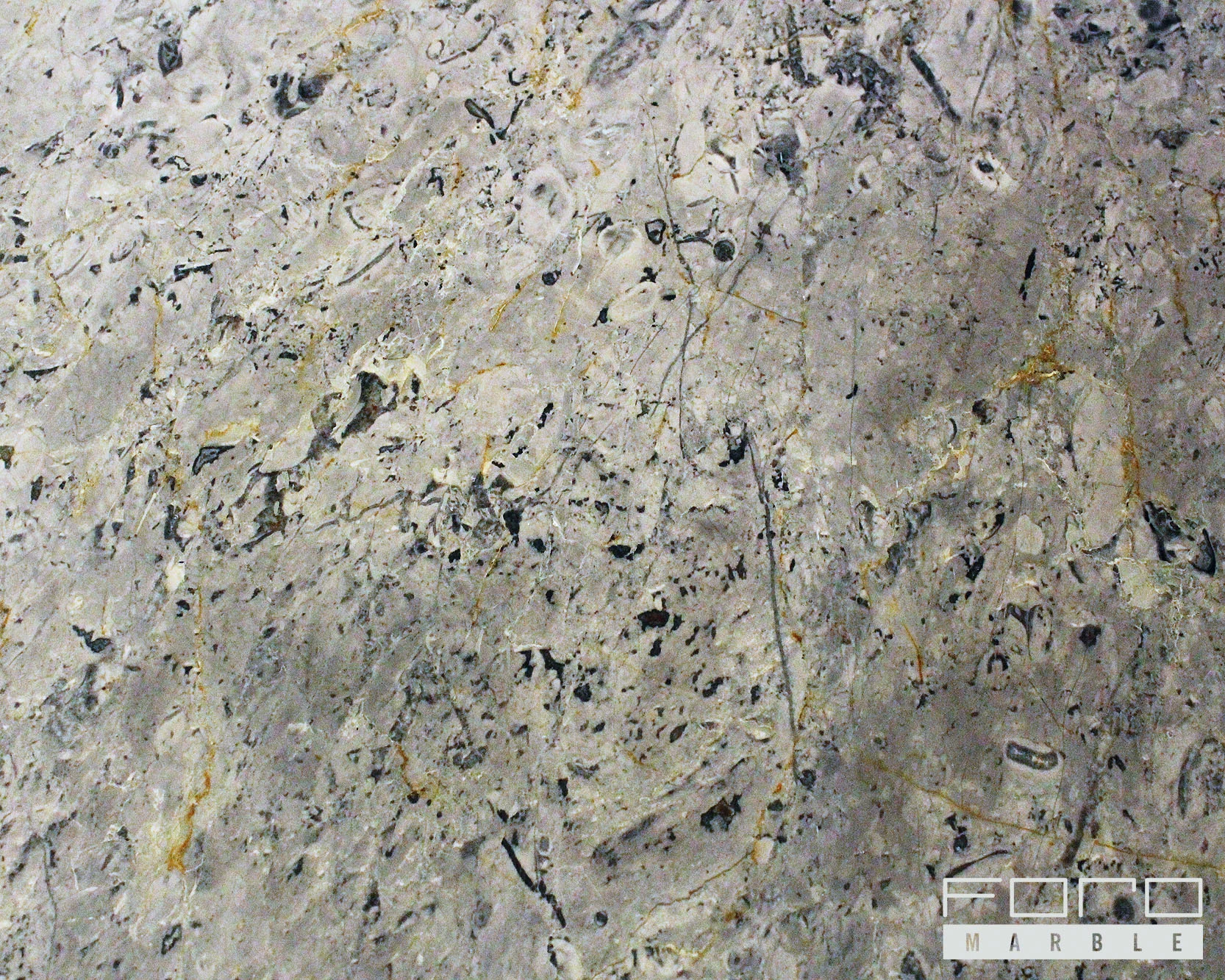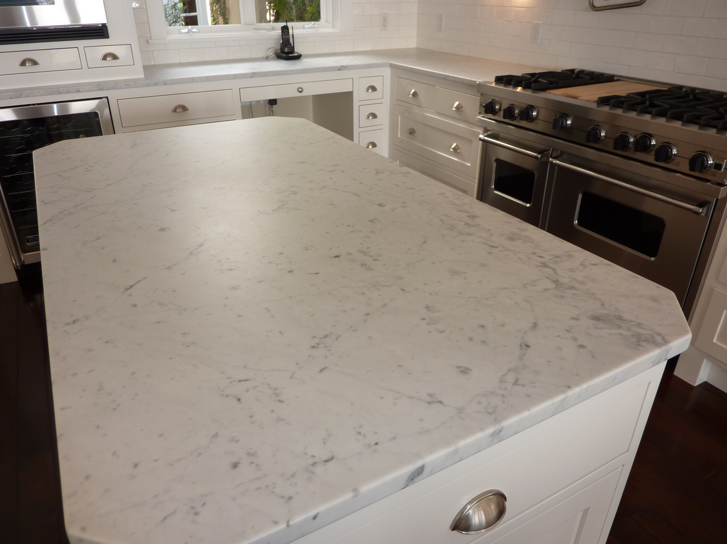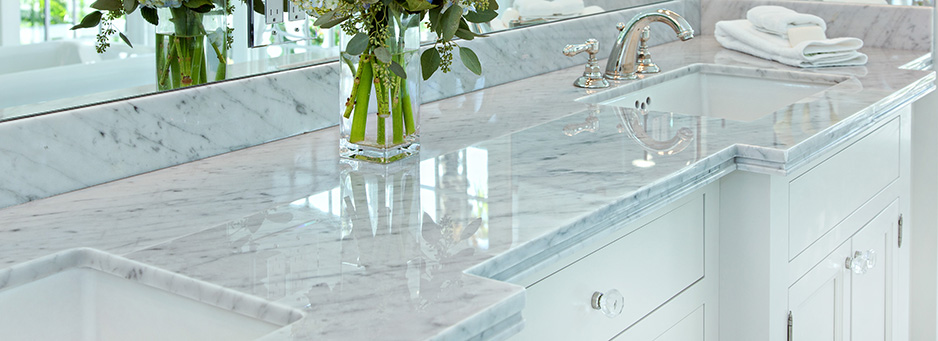Honed or Polished Marble Counters?
/Marble is a beautiful and classic choice when choosing a stone for your kitchen counters. Italian tradition dictates having natural honed marble as your kitchen worktop suface. This means cutting, chopping and unfortunately staining the natural marble. If you are going for a more refined and less 'lived-in' look, then here are some facts to consider when choosing whether Marble, honed or polished is the right choice for you and your family.
Honed Marble:
Honed surface
Look and Feel:
Honed Marble counters have a satin finish and are not reflective. The counter tops will appear as a classic matte and feel velvety on the surface.
Characteristics:
Being that honed finishes are etched rather than shiny, they will not easily show scratches and abrasions. Since etching can happen from the simplest things such as a lemon juice spill, honed marble is a very popular choice for kitchen worktop surfaces.
On the other hand, honed counters will soak up cooking oils and drink spills easier. You can opt to have your honed marble counter sealed, which will help with absorption of liquids and staining.
Where to apply it:
Since honed counters show less wear and tear when scratched and scuffed, they are mostly used in high traffic areas such as main kitchen counters and as flooring in either kitchen or bathroom areas.
Maintenance and Repair:
Once liquids spill on the surface of a honed marble, wipe it off asap! Do not use regular soap on honed marble, this may cause additional staining. Instead, use mildly abrasive household cleaner with a small amount of bleach. You can also lightly sand honed marble. Since the material is not polished, sanding it will remove the absorbed stain without changing the appearance of the counter.
Polished Marble:
Polished surface
Look and Feel:
A polished finish gives the marble a glossy look and a smooth feel. The surface will also reflect light.
Characteristics:
Polished marble counters have a coating over them which will protect them from stains. The shiny reflective surface will show scratches easily and can become etched (dull) if acidic liquids are left on it.
The polish that coats the marble also acts as a type of protection, therefore allowing it to withstand stains better. However, the reflective characteristic of the finish makes it more prone to scratches.
Where to apply it:
Polished marble should be used in areas of less activity to avoid the apparent wear and tear of the glossy finish. Best applications are bathroom vanities, fireplace surrounds, and walls.
Maintenance and Damage Repair:
A polished surface does not usually require sealing. Any substances that spill on polished marble should be wiped of immediately to limited any etching. Staining is less common in polished marble due to the top layer being less porous. To clean, use water with a small amount of bleach and a small soft brush. Make sure to not brush too roughly as you need to preserve the polished finish without creating scratches.






